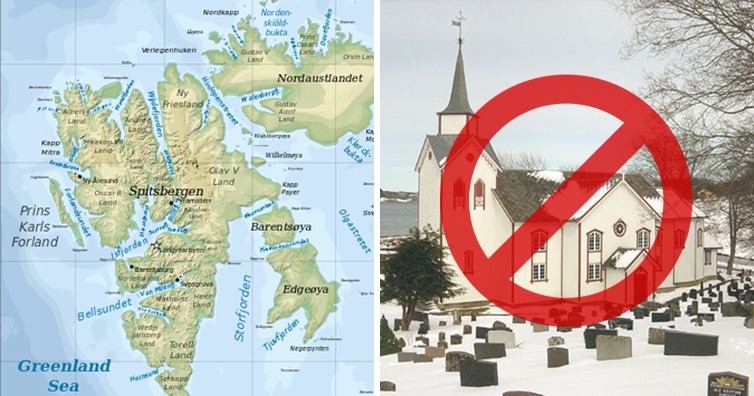Residents of Northern towns in Norway’s Svalbard Islands, usually have to deal with the dangers of wild animals such as wolves and polar bears.
But, for the remote settlement of Longyearbyen, this is not the only concern. Why? Well, because it’s forbidden to die in this small Arctic town!
Should you have the misfortune to be in critical condition and fall terminally ill, you will be despatched either by ship or aeroplane to mainland Norway to end your days. But if you are so unlucky that you happen to die, no-one will bury you there as Longyearbyen is a “no-death” zone for almost 70 years now. And here’s why. (the article continues after the ad)
The graveyard of Longyearbyen is closed and stopped accepting newcomers since the 1950s when it was discovered that bodies buried there were failing to decompose. This is because corpses are preserved by permafrost caused by extremely low temperatures. In fact, bodies are so well preserved, that scientists recently found traces of the influenza epidemic virus of 1917 just by removing a tissue from a man who died that year.
This may come as a surprise to most of us, but actually it shouldn’t. At 78 degrees North, Longyearbyen lies between the northern coast of Norway and the North Pole, thus having quite a harsh climate – even for Norwegian standards.
Interesting indeed!
If you like what you read, then you will definitely love this one: Here’s Why It Wasn’t Illegal To Drink Alcohol During Prohibition
Photo: Wikimedia, Wikimedia
Photoshop: I’m A Useless Info Junkie
Sources: Why dying is forbidden in the Arctic, Where in the world is it illegal to die?



